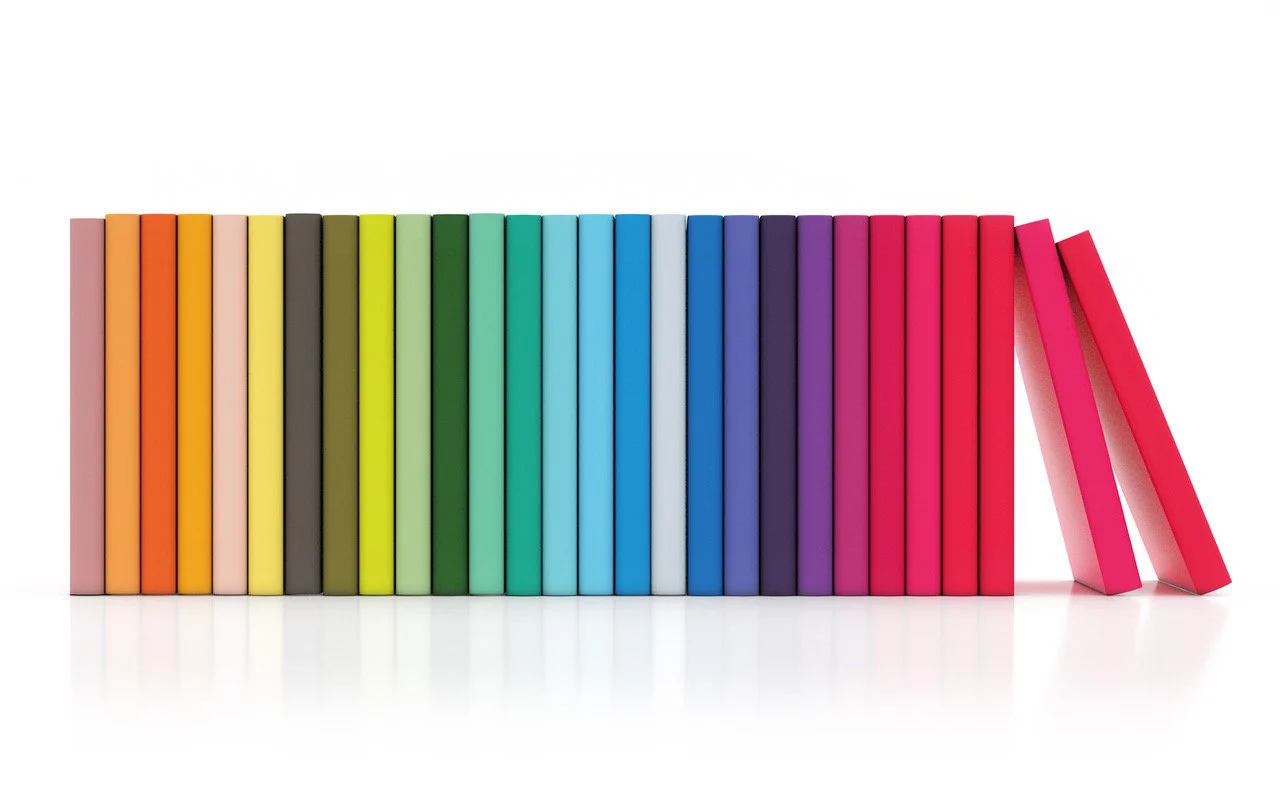Why Every Brand Needs Points of Difference (Your Complete Guide)
/Brand differentiation. It’s the competitive advantage that makes you stand out in the marketplace.
Working alongside your brand values, your brand differentiators are one of the key reasons your tribe choose to buy from you instead of from your competitors.
But why do you need to know what makes you different?
And how exactly should you go about uncovering and then putting your brand differentiators into action?
Let’s find out.
What is a brand differentiator?
Brand differentiators are also known as points of difference or your unique selling proposition and they are what sets your brand apart.
The things that make your brand unique when compared to your competition.
You can choose to have one key point of difference, but in my experience, brands can create even more value for their customers when they have a suite of powerful differentiators that work together to create a strong advantage over their competitors.
Why you NEED to know what makes your brand different.
Apart from brand differentiation being the key to competitive advantage, when you take the time to clearly identify what it is that makes your brand stand out, you’ll be able to leverage it.
This means you can make a conscious choice to amplify the way your brand shows up for your customers, by focusing on your points of difference in your customer experience and your marketing.
The fact is, if you don’t have at least one point of difference you can communicate that gives customers a reason to work with (or buy from) you over everyone else, then you aren’t giving your brand the chance to thrive.
The law of parity (or being eligible to play)
Before you start thinking about your points of difference, you need to consider what I like to call the law of parity.
Also known as points of parity, this is just a fancy way of saying that there are some basic standards your business needs to meet in order to earn the right to swim in the pond.
Points of parity are the qualities that all businesses need to be able to be competitive with one another. They’re industry-specific, and are shared with all the brands that operate in the same space as you.
They’re the bare minimum requirement for your business to be able to compete.
So, before you start working out what makes you different, you should consider the points of parity you need in order to
Sometimes, points of parity can be confused as points of difference. I see this most often in service-based industries where the term “trusted adviser” gets thrown around like lollies from a pinata. But if you’re an accountant, being a trusted adviser isn’t a point of difference – it’s a condition of entry.
Creating your point of difference.
Points of difference aren’t really something you “find”. They’re something you create.
But don’t panic that you’re going to have to create yours from thin air.
It’s likely you’ve already created them by accident, simply by growing a business.
This will have happened in one of two ways –
1. You’ve been in your business for a while
When you work in something long enough, you find that you naturally refine and refine and refine your service, product, processes and customer profile.
And as you’ve done this, you’ll have created points of difference in response to the changes your business has faced.
2. You’re starting something new, in response to a frustration or need
In fact, many small and medium businesses grew their product or service out of a frustration with the industry or product category in the first place.
The things that are wrong with an existing product or industry can be the best place to start when you’re looking to create points of difference
And this is why I find in most businesses; the points of difference have already been created – even if they haven’t been identified yet.
How to work out what makes your brand different
It’s all well and good to say you need to create your brand’s points of difference. But how do you actually go about doing that?
Here’s three steps you can follow to help you work out what your points of difference are:
Step 1 – Make a list
You (and your team if you have one), are a great source of information when it comes to working out your point of difference.
Make a list of all the things that might make you stand out.
Do you have a patent or trademark on a feature of your product or service?
Are the customers you serve (and the things that matter to them) different than others in the marketplace? Do they have different needs, wants, motivations or requirements?
Is the way you deliver your product or service different to your competitors?
Are there unique qualities about your product or service that you don’t share with anyone else?
Step 2 – Ask your customers
If you already have a brand, then asking your customers what they think makes you different will give you great insight.
Even better, it will be in their words – and using the words of your customer to articulate your difference is a powerful marketing tool because you’ll be able to put your message into words that will resonate with your ideal target market.
The best questions to ask here are –
1. Why did they choose to work with you (or choose your product) over anyone else?
2. If they had to say what makes you different from others, what would they say?
Step 3 – Competitor research
You want to stand out from your competitors, so it’s time for a little bit of research into them.
Check out their website, their Facebook Page, their Google Reviews.
What are they doing well? What aren’t they doing well?
The Competitor Research Catch
There’s a massive catch when it comes to doing competitor research. And it’s that we can become obsessed with what they’re doing.
When we become obsessed by trying to match them and beat them, we tend to lose focus on what’s really important – our own brand.
Sure – you want to know where their strengths and weaknesses are so you can differentiate, but you don’t want to become so focussed on what they’re doing that you stop doing what YOUR brand should be doing to live up to your brand story.
What makes a good brand differentiator?
As with all things, when it comes to points of difference, there’s good, and then there’s GREAT.
To make your brand differentiators a strong competitive advantage for your brand (and a valuable part of your brand story), you need to make sure they are –
Relevant: Do your customers even care about the difference you’re selling? If they are more worried about price than about emotional connection, then choosing an emotional point of difference isn’t the way to go.
Authentic: You have to be able to deliver your point of difference in an honest and trustworthy way.
Evident: You have to be able to prove that what your claiming as your difference is actually your competitive advantage. This requires having a good understanding of the competitive landscape and then working hard to live up to your differentiators at every customer touchpoint.
How to leverage your brand differentiators.
For a point of difference to become a true competitive advantage, you have to be able to maintain that differentiator as part of your brand story.
TO create leverage with your points of difference, you need to:
Embed them top down in your customer experience
Points of difference aren’t just for paper. You need to make sure they’re showing up everywhere in your organisation, and this requires a top-down approach where everyone from the CEO to the front-line customer service team embrace and demonstrate your brand difference.
How will you communicate your point of difference beyond words by putting it directly into the customer experience?
Talk about them in your content
A great way to do this is to make sure your points of difference are reflected in your case studies and testimonials.
How did your points of difference solve a problem or remove a pain point for your customer? Talk about them directly, and indirectly in case study content.
You can also turn your differences into a content pillar.
One example of this is the brand differentiator of Craftsmanship. One of my clients identified this as something that makes them different, and we now create blog articles directly related to the importance of this difference in delivering their service.
Consider your points of difference in relation to your brand voice
How can you bring elements of your brand differentiators into your brand voice?
If your difference is creativity, what does this sound like? If your difference is a hands-on approach, what does this sound like? If your difference is positivity, what does this sound like?
Using your brand differentiators to level-up your brand voice is an opportunity many brand miss (and one that helps to create consistency within your brand story).
Bring it into your tagline
Now, a tagline alone isn’t enough to strongly differentiate your brand. But you can certainly bring your difference into your tagline.
To do this, you need to choose the point of difference you stand out most for, and workshop it into a simple, easy to remember statement.
You might want to get a copywriter or brand specialist to help you get this just right.
You need to create your difference. How do you want to stand out?
Brand differentiators are an essential part of building a brand that matters.
If you want to find the right customers and convert them into brand advocates, you have to find what makes you unique and leverage that across your brand, you marketing, your products and services, and your business.
Want some help to create your brand differentiators?
Book a BrandStorm.



